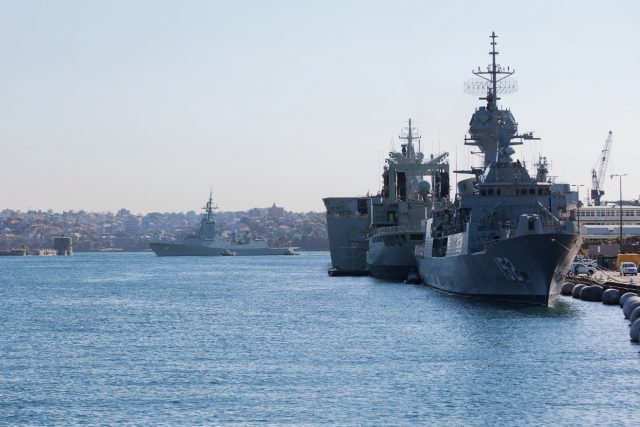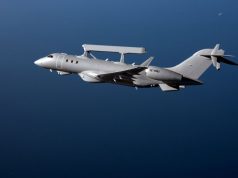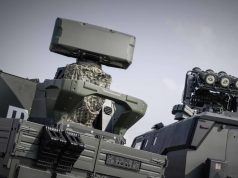The Australian government has awarded Sweden-based defense company Saab a contract for the development of a “next-generation” combat management system (CMS) as part of the country’s Naval Shipbuilding Plan.
The CMS will be delivered across the navy’s fleet including the Anzac-class frigates, new Arafura-class offshore patrol vessels and Supply-class replenishment ships.
Saab Australia will also leverage their CMS experience in the development of the Australian interface to the Aegis system, for the Hunter-class frigates and the Hobart-class destroyers.
The enterprise partnering agreement with Saab Australia is part of the government’s multi-billion dollar strategic enterprise approach to naval combat systems.
“For more than 30 years, Saab Australia has established a strong relationship with navy in delivering the combat management systems for the Anzac-class frigates and Canberra class landing helicopter dock vessels,” Australian defense industry minister Melissa Price said.
“This system was designed in Australia and is contributing to the build-up of our sovereign capability, which is crucial to delivering our Naval Shipbuilding Plan.”
Released in 2017, the Naval Shipbuilding Plan is aimed at developing a sustainable Australian naval shipbuilding enterprise. The goal is to create a long-term, sustainable naval shipbuilding and ship sustainment capability that will serve Australia’s strategic and economic interests.
Around AU$90 billion will be invested in new ships and submarines. Contracts for the construction of new Hunter-class frigates, Attack-class submarines, and Arafura-class OPVs, all part of the plan, have already been signed. Another AU$1 billion will go into modern shipyard infrastructure while further investment is allocated to workforce growth and skilling initiatives to enable the delivery of these platforms.



























